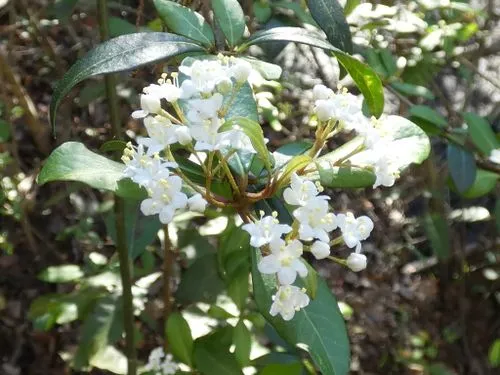Table of Contents for Guide to Wausau, WI Swallowtail Butterflies
Imagine the gentle flutter of swallowtail butterflies with delicate wings flitting between vibrant wildflowers, painting the air with bursts of yellow and black. If you plant a butterfly garden in Wausau, Wisconsin you can turn your yard into a butterfly nirvana. This guide will help you determine what plants will do best in Wausau and will show of the species known to be your area.
Wausau, Wisconsin is located in central Wisconsin in the United States. Wausau is located at the edge of USDA Plant Hardiness Zones 4 and 5. Central Marathon County is in zone 5, while the rest of the county is in zone 4. In the Wausau area, there are five species of swallowtail butterflies that you can host in your butterfly garden. In the future, another species, the spicebush swallowtail, may be able to be attracted here.
Location of Wausau, WI and Marathon County

The Wausau area as covered in this post covers Marathon County in Wisconsin. The list of swallowtail species includes those that occur in this county, nearby to it and one that potentially could stray into the county in the future.
USDA Plant Hardiness Zones in Wausau, Wisconsin

Wausau, Wisconsin is located at the edge of zone 5a and 4b. The central part of Marathon County is located in zone 5a, while the rest of the county is in zone 4b. When selecting plants you will want to get those that can handle temperatures as cold as -250F to be sure they will survive.
Pipevine Swallowtail (Battus philenor) and its host plants in Wausau, Wisconsin




Pipevine Swallowtail (Battus philenor)
The pipevine swallowtail flies through the United States, except for the Pacific Northwest. In the Wausau, Wisconsin area this butterfly is sometimes a stray from the southern part of the state. Currently it can best be helped with nectar plants, but in the future having host plants for it that survive in the hardiness zone will help it as it moves north with climate change warming.
It has orange-brown eggs that are laid on the host plant. The black to brown to red caterpillar with orange markings comes out in the spring. The later season caterpillars overwinter as a pupa (Monroe and Wright 2017). The pupa then overwinters to emerge in the spring.
In the spring to summer the adult butterflies start to fly. They have a wingspan of 2.5 in (6.4 cm) to 5 in (12.7 cm) and black colored with white markings.
Plants that Host the Pipevine Swallowtail
The pipevine swallowtail is generally hosted by members of the birthwort family (Aristolochiaceae). In Wausau, WI, wild ginger (Asarum canadense) is only species that is native to the area.
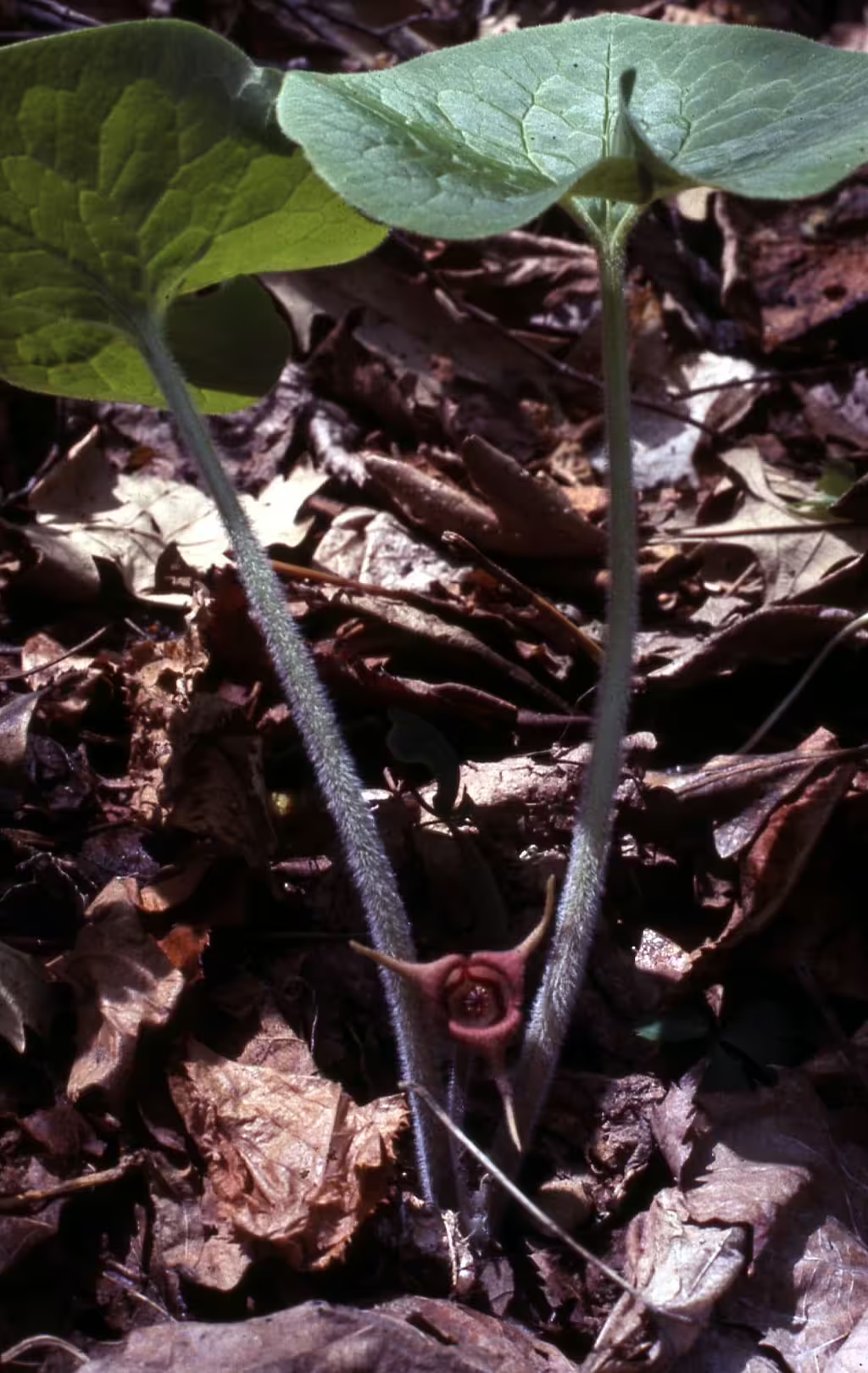
Canadian Swallowtail (Papilio canadensis) and its host plants in Wausau, Wisconsin




Canadian Swallowtail (Papilio canadensis)
The canadian swallowtail flies through the northeast and northern tier of the United States including Alaska and Canada.
It has orange-brown eggs that are laid on the host plant. The caterpillar is brown at first to look like a bird dropping and then turns green later. The pupa then overwinters to emerge in the spring.
In the late spring to early summer (May to July) (McCabe and Post 1976) the adult butterflies start to fly in North Dakota and it is likely similar in Wisconsin. The adults have a wingspan of 2.5 inches (6.4 cm) to 3 inches (7.6 cm) inches and are yellow with black striped markings. It differs in coloration from the eastern tiger swallowtail in that the black stripes are not continuous to the bottom.
Plants that Host the Canadian Swallowtail
The canadian swallowtail, like the tiger swallowtails, are generalists. They use members of a number of genera as hosts, primarily from members of the Birch Family (Betulaceae), Rose Family (Rosaceae), Willow Family (Salicaceae), and the Maple Family (Aceraceae). In the Wausau, WI area these include:
- Members of the Prunus genus: shrubs and trees
- Quaking Aspen (Populus tremuloides): a tree
- Members of the Betula genus: shrubs or trees
- Green Ash (Fraxinus pennsylvanica): a tree


Giant Swallowtail (Papilio cresphontes) and its host plants in Wausau, Wisconsin
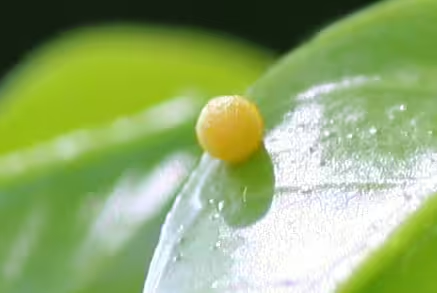



Giant Swallowtail (Papilio cresphontes)
The giant swallowtail flies throughout the United States and southeast Canada, except for the northwest. Beyond North America it ranges into Central America and the Caribbean Islands. It is the largest butterfly in North America (Wikipedia).
The giant swallowtail has brownish-orange eggs that are laid on the host plants. The caterpillars have five stages or instars before pupating, which takes about two weeks. The adult butterflies have a wingspans ranging from about 5.5 in (14 cm) to 7.5 in (19.1 cm) and are black and yellow colored.
Plants that Host the Giant Swallowtail
The giant swallowtail is hosted by members of the Rue Family (Rutaceae), of which there is one primary plant in the Wausau area, the toothache tree.
- Toothache tree (Zanthoxylum americanum) — a native tree in Wisconsin.
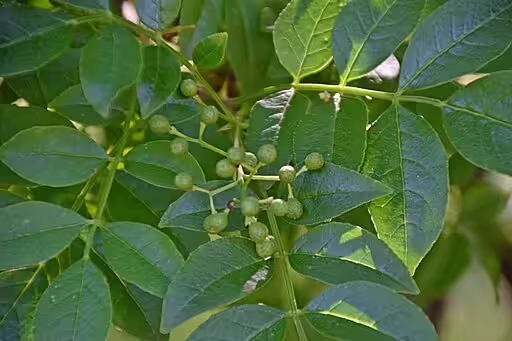
Eastern Tiger Swallowtail (Papilio glaucus) and its host plants in Wausau, Wisconsin

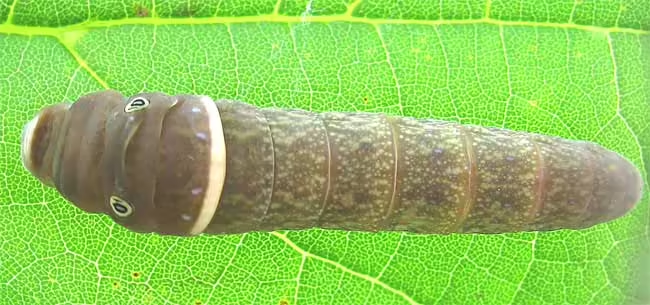

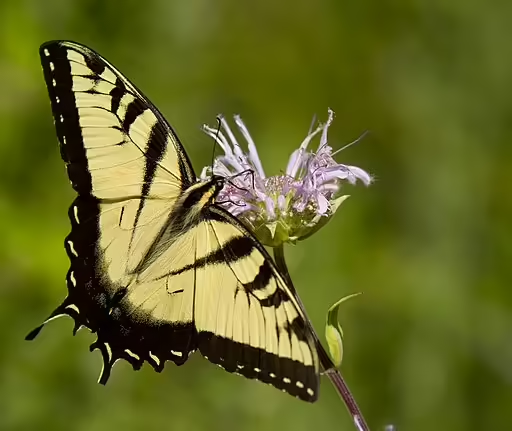

Eastern Tiger Swallowtail (Papilio glaucus)
The Eastern Tiger swallowtail flies in the mid-western and eastern United States from the Rocky Mountains and east. In the Eastern US it is likely one of the most distinctive swallowtails.
The light green eggs are laid on the host plants. The caterpillar has five stages; with the first three a brown color and the last two as a green color. The brown chrysalis is placed in on trunks or on fallen leaves.
The adults have a wingspan of 3 in (7.6 cm) to 5.5 in (14 cm) and have two color schemes. The yellow and black is the most distinctive, but the females also have a dark black phase that mimics the pipevine swallowtail (see image). This butterfly often flies from May to September in North Dakota (McCabe and Post 1976) and is likely similar in Wisconsin.
Plants that Host the Eastern Tiger Swallowtail
The eastern tiger swallowtail is a generalist and uses members of a number of genera as host plants. Some species in the Wausau, WI area include:
- Members of the Prunus genus (Cherries and Plums)
- Members of the Betula genus (Birch)
- Members of the Populus genus (Poplar and Cottonwood)
- Members of the Fraxinus genus (Ash)


Black Swallowtail (Papilio polyxenes) and its host plants in Wausau, Wisconsin

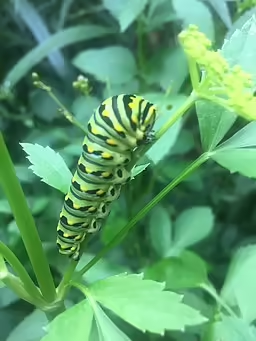

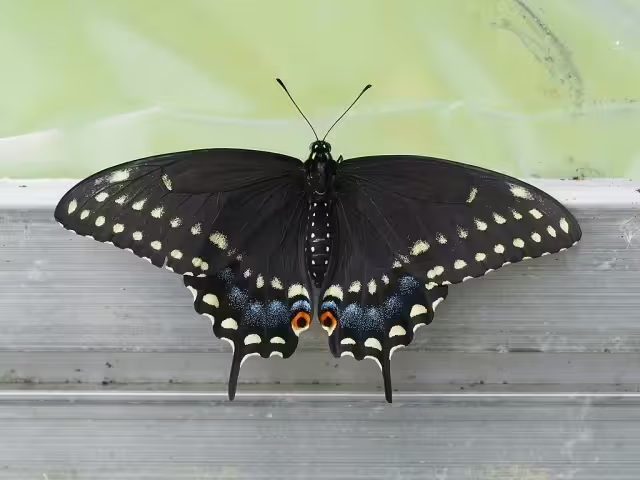
Black Swallowtail (Papilio polyxenes)
The black swallowtail flies in most of the United States, except for the Northwest.
The yellow eggs are laid on the host plants and take about a week to hatch. The caterpillars are at first black colored but later have green, black, and yellow coloring and last from a week to a month. The butterflies then survive the winter as a chrysalis.
The adults have a wingspan of 2.5 in (6.4 cm) to 3.5 in (8.9 cm) and are black colored with yellow spots along the wings and a red eyepsot near the tail on the top. The underside has orange spots. It flies from May to September in North Dakota (McCabe and Post 1976) and is likely similar in Wisconsin.
Plants that Host the Black Swallowtail
The black swallowtail is a generalist and uses members of the carrot family (Apiaceae) as host plants. Some species in the Wausau area include:
- Purple-Stem Angeica (Angelica atropurpurea): a herbaceous plant
- Bulblet-bearing Water-Hemlock (Cicuta bulbifera): a herbaceous plant
- Spotted Water-Hemlock (Cicuta maculata): a herbaceous plant
- Canadian Honewort (Cryptotaenia canadensis): a herbaceous plant
- American Cow-Parsnip (Heracleum maximum): a herbaceous plant
- Hairy Sweet-Cicely (Osmorhiza claytonii): a herbaceous plant
- Hemlock Water-Parsnip (Sium suave): a herbaceous plant
- Golden Alexanders (Zizia aurea): a herbaceous plant


Note: The Spicebush Swallowtail (Papilio troilus) in the future may stray into the Wausau area. Its main host plants, spicebush (Lindera benzoin) and sassafras (Sassafras albidum), do not occur in the area. However, both of these species can handle plant hardiness zones 4-9. Wausau and central Marathon County are located in zone 5 and may go higher in the future giving a buffer to cold snaps. A study by Scriber, et al 2008 found that spicebush swallowtail feeds exclusively on members of the Lauraceae.
Nectar Plants to Consider Putting in Your Garden

While the swallowtails need certain species of plants to use as hosts, the adults also need nectar plants to visit in order get nourishment. Nectar plants can also help other insects such as bees. Some common nectar plants that can be grown in the Wausau, WI area include:
- Milkweeds (Asclepias spp.) — Also benefit the Monarch Butterfly (Danaus plexippus)
- Spotted Joe-Pye-Weed (Eutrochium maculatum)
- Sweet-scented Joe-Pye-Weed (Eutrochium purpureum)
- Giant Sunflower (Helianthus giganteus)
- Wood Lily (Lilium philadelphicum) (Barrows 1977)
- Tall Gayfeather (Liatris aspera)
- Coneflowers (Rudbeckia spp.)
- Goldenrods (Solidago spp.)
- American-Asters (Symphyotrichum spp.)
- Prairie Ironweed (Vernonia fasciculata)
Frequently Asked Questions
How much land do I need to start a butterfly garden?
Every plant that you can grow can make a difference for visitors to your garden, especially in urban areas. Potted plants are also useful en masse for pollinators. When planting your garden, make sure you plant both the host plants and nectar plants for the adults to feed on.
Where should I get my plants?
For pollinators, it is best to have native plant species. The insects will be used to these plants more than ones from other places. Be sure you get your plants from a reputable nursery that does not use neocontinids that would harm visitors to your garden.
Are there gardens near me, where I can see an example of a butterfly garden?
Monk Botanical Gardens: a garden in Wausau, WI that has a butterfly garden planned as part of its gardens.
Books where you can find out more about Butterfly Gardening in the Wausau, WI Area
- Branhagen, Alan. 2020. The Midwest Native Plant Primer: 225 Plants for an Earth-Friendly Garden. Little and Brown. 256 pp.
- Branhagen, Alan. 2016. Native Plants of the Midwest: A comprehensive Guide to the Best 500 Species for the Garden. Little and Brown. 440 pp.
- Daniels, Jaret C. 2023. Butterflies of the Midwest Field Guide – Butterfly Identification Guides. Adventure Publications. 364 pp.
- Daniels, Jaret C. 2022. Garden Bugs & Insects of the Midwest: Identify Pollinators, Pests, and Other Garden Visitors – Adventure Quick Guides. Adventure Publications. 36 pp.
- Daniels, Jaret C. 2020. Native Plant Gardening for Birds, Bees, & Butterflies: Upper Midwest – Nature Friendly Gardens. Adventure Publications. 276 pp.
- Hoffman, Randolph M. 2002. Wisconsin’s Natural Communities: How to Recognize Them, Where to Find Them. University of Wisonsin Press. 375 pp.
- Independence Television. 2018. Landscaping for Butterflies, Bees, and Clean Water. – A video on native plants and butterfly gardening that can be viewed on the Internet Archive.
- Krieg, Jean. 2018. My First Book of Common Wisconsin Butterflies. Amazon Digital Services LLC. 40 pp.
- Miller, George Oxford. 2021. Backyard Science & Discovery Workbook Midwest: Fun Activities & Experiments That Get Kids Outdoors – Nature Science Workbooks for Kids. Adventure Publications. 112 pp.
- Waller, Donald M. and Thomas P. Rooney. 2010. The Vanishing Present: Wisconsin’s Changing Lands, Waters, and Wildlife. University of Chicago Press. 544 pp.
Affiliate Disclosure: When you click on links to various merchants on this site and make a purchase, this can result in this site earning a commission at no extra cost to you. Affiliate programs include, but are not limited to, the eBay Partner Network and Blackwell’s Books.
References
- Barrows, Edward M. 1977. Flower Biology and Anthropod Associates of Lilum philadelphicum. Michigan Botanist 18: 109-115.
- McCabe, Timothy L. and Richard L. Post. 1976. North Dakota Butterfly Calendar. Journal of Research on the Lepidoptera 15(2): 93-99.
- Monroe, James L. and David M. Wright. 2017. Butterflies of Pennsylvania. (Pittsburgh, PA: University of Pittsburgh Press). 304 pp.
- Scriber, Mark J., Michelle L. Larsen, and Myron P. Zalucki. 2008. Responses of North American Papilio troilus and P. glaucus to potential hosts from Australia. Journal of the Lepidopterists’ Society 62: 18-30.
